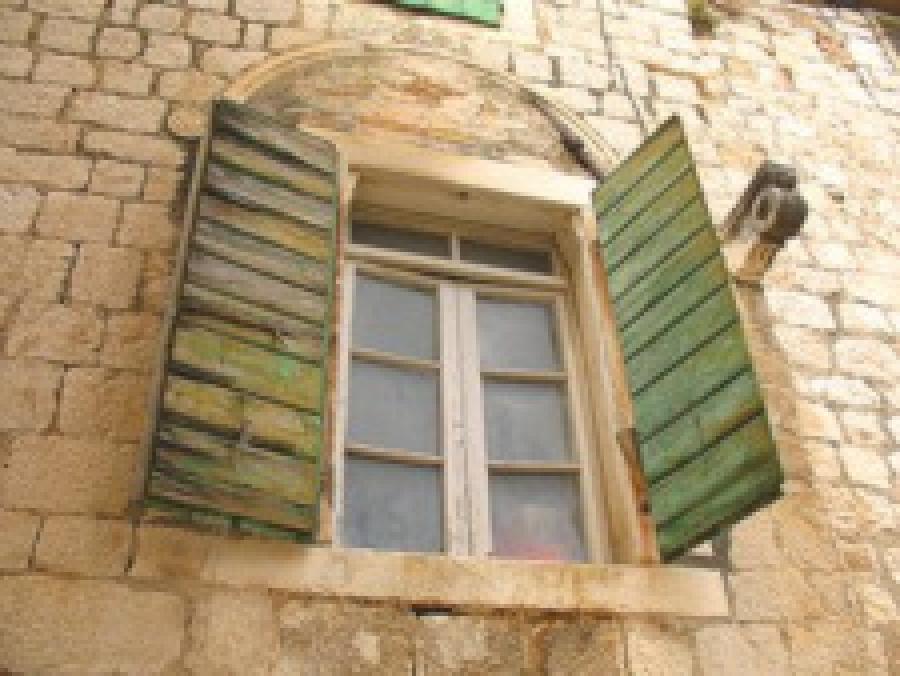Illustrations in Preaching, Part 2
Image

Third Series of Lectures to My Students
The Art of Illustration: Being Addresses Delivered ot the students of The Pastor’s College, Metropolitan Tabernacle
By C. H. Spurgeon, 1905
Lecture 1: Illustrations in Preaching [Continued. Read the series.]
Windows greatly add to the pleasure and agreeableness of a habitation, and so do illustrations make a sermon pleasurable and interesting. A building without windows would be a prison rather than a house, for it would be quite dark, and no one would care to take it upon lease; and, in the same way, a discourse without a parable is prosy and dull, and involves a grievous weariness of the flesh.
The preacher in Solomon’s Ecclesiastes “sought to find out acceptable words,” or, as the Hebrew has it, “words of delight”: surely, figures and comparisons are delectable to our hearers. Let us not deny them the salt of parable with the meat of doctrine. Our congregations hear us with pleasure when we give them a fair measure of imagery: when an anecdote is being told they rest, take breath, and give play to their imaginations, and thus prepare themselves for the sterner work which lies before them in listening to our profounder expositions.
Riding in a third-class carriage some years ago in the eastern counties, we had been for a long time without a lamp; and when a traveler lighted a candle, it was pleasant to see how all eyes turned that way, and rejoiced in the light: such is frequently the effect of an apt simile in the midst of a sermon, it lights up the whole matter, and gladdens every heart. Even the little children open their eyes and ears, and a smile brightens up their faces as we tell a story; for they, too, rejoice in the light which streams in through our windows. We dare say they often wish that the sermon were all illustrations, even as the boy desired to have a cake made all of plums; but that must not be: there is a happy medium, and we must keep to it by making our discourse pleasant hearing, but not a mere pastime.
No reason exists why the preaching of the gospel should be a miserable operation either to the speaker or to the hearer. Pleasantly profitable let all our sermons be. A house must not have thick walls without openings, neither must a discourse be all made up of solid slabs of doctrine without a window of comparison or a lattice of poetry; if so, our hearers will gradually forsake us, and prefer to stay at home and read their favorite authors whose lively tropes and vivid images afford more pleasure to their minds.
Every architect will tell you that he looks upon his windows as an opportunity for introducing ornament into his design. A pile may be massive, but it cannot be pleasing if it is not broken up with windows and other details. The palace of the popes at Avignon is an immense structure; but the external windows are few that it has all the aspect of a colossal prison, and suggests nothing of what a palace should be. Sermons need to be broken up, varied, decorated, and enlivened; and nothing can do this well as the introduction of types, emblems, and instances. Of course, ornament is not the main point to be considered; but still, many little excellences go to make up perfection, and this is one of the many, and therefore it should not be overlooked.
When wisdom built her house she hewed out her seven pillars, for glory and for beauty, as well as for the support of the structure; and shall we think that any rough hovel is good enough for the beauty of holiness to dwell in? Certainly a gracious discourse is none the better for being bereft of every grace of language. Meretricious ornament we deprecate, but an appropriate beauty of speech we cultivate. Truth is a king’s daughter, and her raiment should be of wrought gold; her house is a palace, and it should be adorned with “windows of agate and gates of carbuncle.”
Editor’s note: additional paragraph breaks have been added here to the 1905 edition.
- 20 views


Discussion